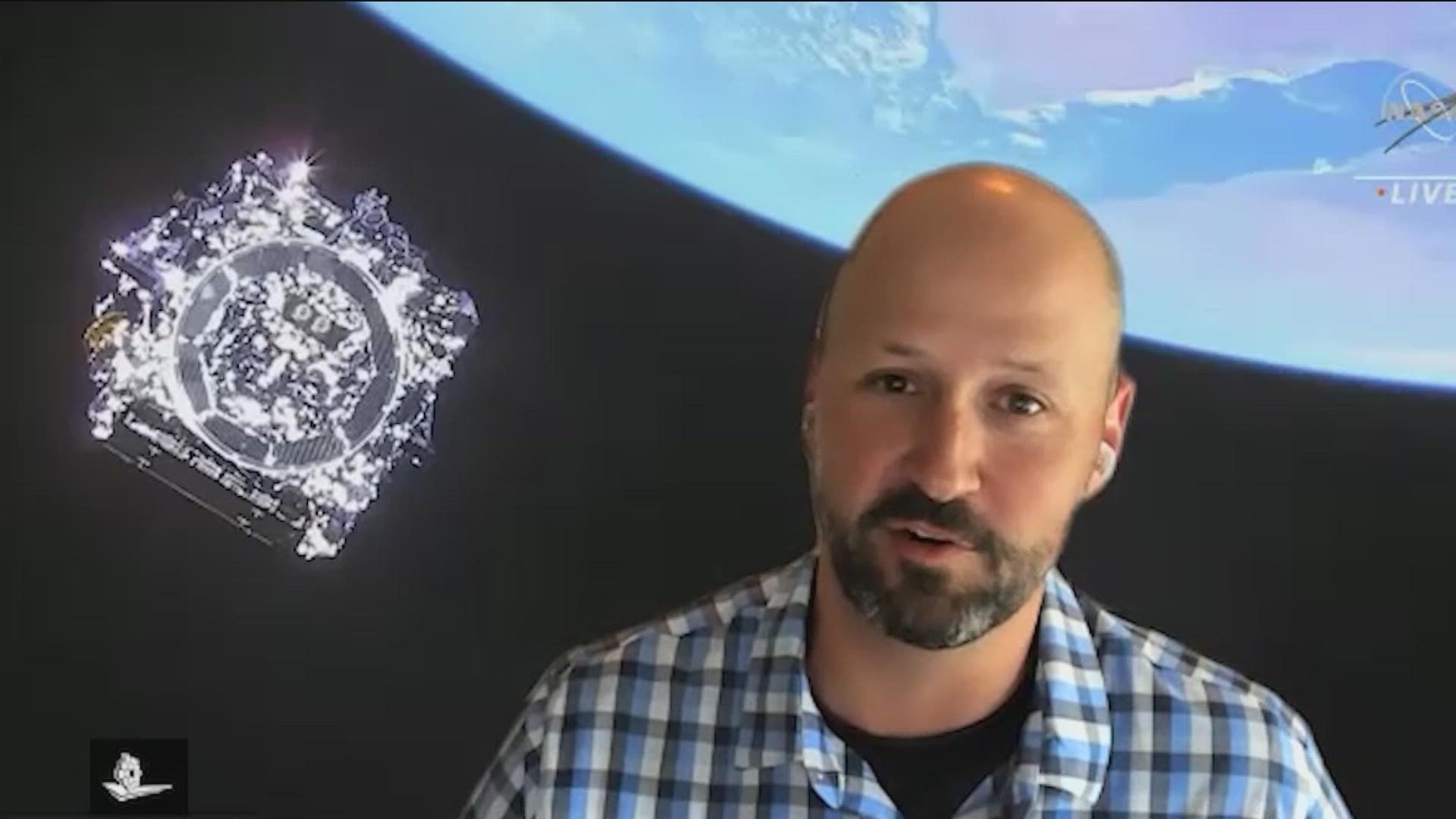AUSTIN, Texas — NASA for the first time has released images from the high-tech $10 billion James Webb Space Telescope, capturing the universe.
"They were jaw-dropping," said associate professor of astronomy at the University of Texas at Austin Steven Finkelstein. "The deep-image galaxy cluster and the images we saw today of the stellar birth and stellar death, more galaxies and the exoplanet spectrum, Webb seems to be delivering better than promised."
He said the James Webb telescope that launched six months ago brings amazing clarity to images compared to the Hubble Telescope.
"What used to be kind of a blurry streak, you can see stretched-out spiral arms," he said. "You can see a string of star clusters in the galaxy. The resolution is amazing."
Finkelstein is part of an early science program working with the telescope. The team he's on is composed of astronomers at UT, around the country and the world.
"The most exciting one we work on here in Austin is searching for the earliest galaxies to form in the universe," he said. "These galaxies are too faint and too red to see with the Hubble Telescope, so we need the large mirror size of JWST and the redder wavelengths it's capable of to really see them."
Some of the images and data from the program he's involved in are expected to be released this week.
"Hoping to see some fairly distance galaxies," said Finkelstein.
Finkelstein said the future is looking very bright for astronomy with this new tool.
"I am sure we are going to be learning out over the next decade-plus with this telescope, but knowledge gained over this first year is going to be amazing," he told KVUE.
PEOPLE ARE ALSO READING:

